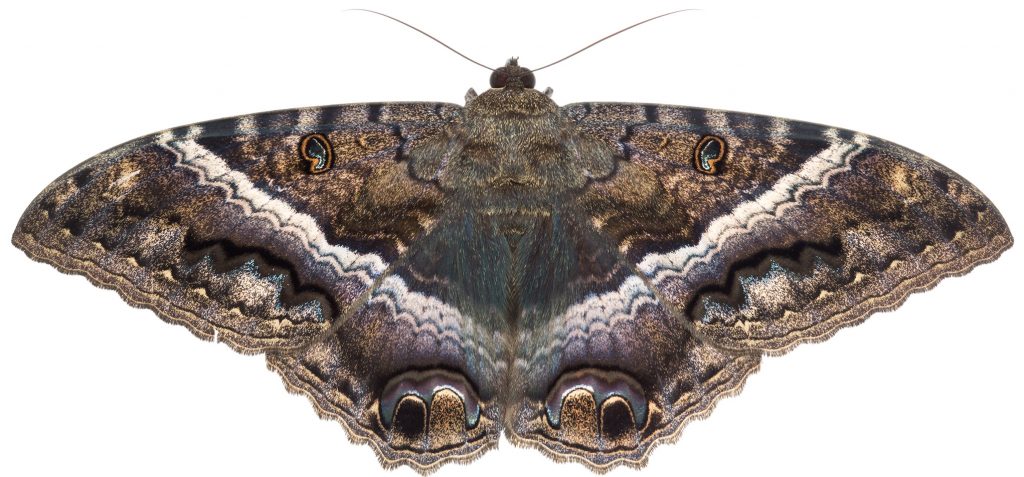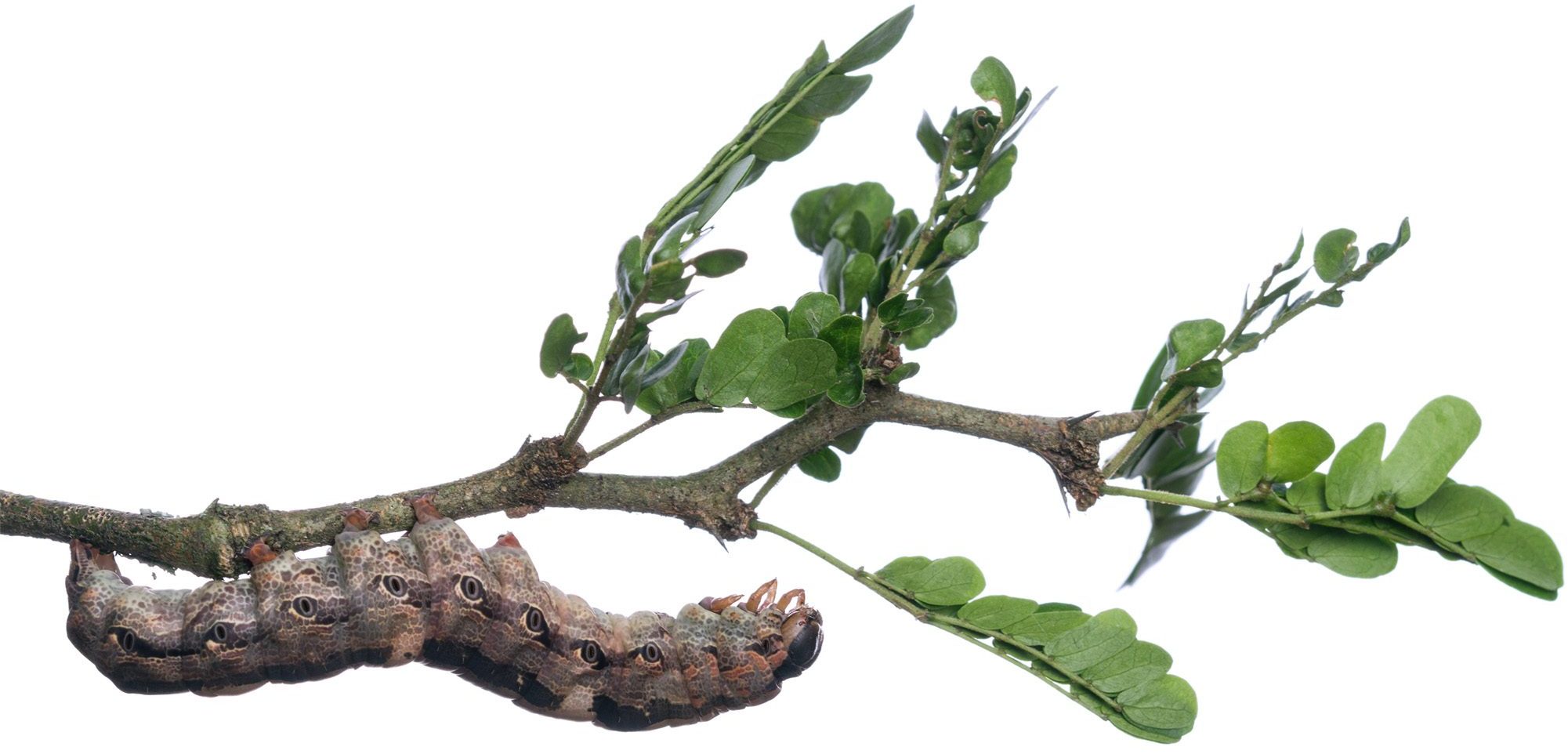If a large black-winged thing drops in to dine on your drink of wine, don’t panic. It’s just a black witch moth in search of fermented fruit to feed on.
It’s a warm summer night and you’re relaxing on the patio sipping a particularly aromatic glass of wine, when suddenly out of the darkness, a large black-winged thing crashes violently into your hand before clumsily flapping off again.
Any reasonable person would run shrieking inside, believing blood thirsty vampire bats have them cornered. But for those who choose to remain calm and wait, they may be rewarded with an unexpected and amazing encounter. Or, at least that’s how I met my first black witch moth (Ascalapha odorata).

These impressive moths boast a wingspan of more than nine inches and are the largest moth (and possibly insect) north of Mexico. Understandably, their immense size, nocturnal behavior, dark coloration, and tendency to hide under eaves of buildings and beneath bridges cause them to be easily mistaken for bats.
Special among large and heavy bodied moths, the black witch moth possesses functional mouthparts. This means they actively seek out food and live several weeks as adults. It’s very unlike their more famous cousins, the silkmoths (Saturniidae), which are incapable of feeding and only live a few days as adults. Because their large size makes it difficult to land on and sip nectar from flowers, black witch moths favor seeking out dripping tree sap or rotting and fermenting fruit (including wine) to feed on instead.
Ranging from the southern United States in North America all the way to Brazil in South America, black witch moths are particularly noted for their interesting migratory behavior. Adults emerging after the rainy season in Mexico frequently begin a northward migration throughout the continental United States and have even been documented crossing oceans to destinations as far away as Hawaii and as far north as Alaska.
In Texas, while they can be encountered roaming throughout the entire state during their migrations, breeding and resident populations are most common in South Texas and are commonly found around Bexar County.

After breeding, adults seek out a wide variety of legumes, such as acacia, ebony, and mesquite trees, to lay their eggs. Once the eggs hatch, the caterpillars hide within the bark of their host plant by day and emerge to munch away in the canopy by night.
After four weeks or so of feeding, the caterpillars pupate, most likely in loose soil, where they undergo the process of complete metamorphosis before emerging and taking flight as adults.
So next time you’re sipping wine and a large black moth drops in to dine, don’t panic. Consider spending a few minutes with your new black witch buddy.


